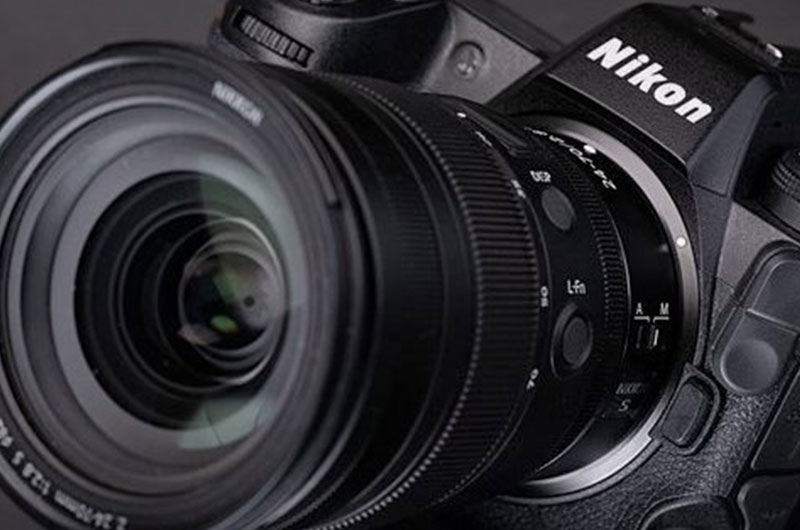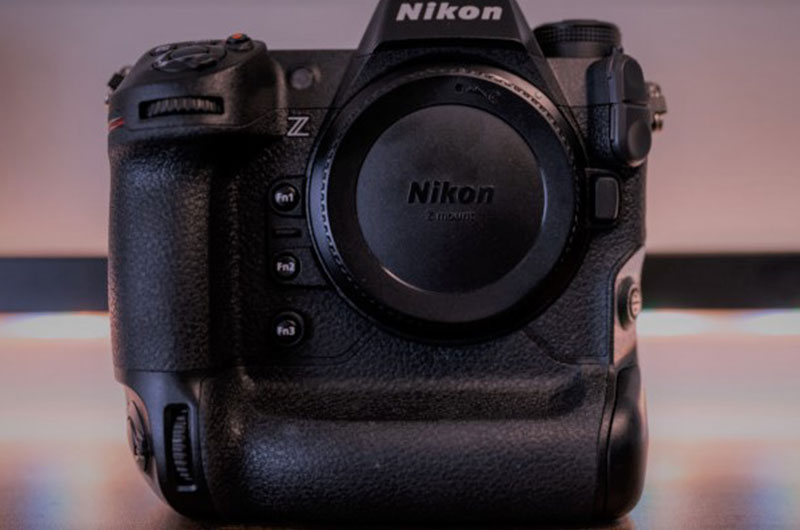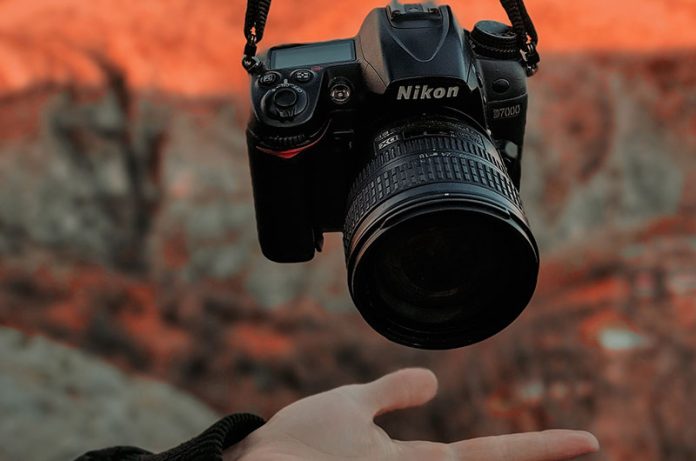The Z9 represents a significant step forward in technological development and levels the playing field between Canon and Sony in terms of its structure as well as its capabilities.
Even though Nikon was late in releasing a professional system, the fact that it has a burst rate of 120 frames per second (FPS), can record in 8K resolution, has an amazing battery life, and has an electronic viewfinder that is always on more than makes up for the delay.
If you were to read the specs sheet word for word, you would see that the Nikon Z9 trounces the Sony A1 and the Canon EOS R3 in terms of its frame rate shooting capability as well as its ability to record video in 8k (not to mention its much lower price). Even while it is somewhat inferior to the R3 when shooting at high ISO and to the Alpha 1 in terms of resolution, there are so many other excellent features packed into the Z9 package that these deficiencies appear quite insignificant when you look at the camera as a whole.
The Nikon Z9 makes use of a brand-new EXPEED 7 processor, which enables it to take pictures and display continuous live views at speeds that were previously unheard of, all while producing almost no rolling shutter distortion.
Design

The design of the Z9 is quite similar to what we have come to expect from professional bodies from Nikon, such as its predecessors the D6 and D5, and this is reflected in the camera’s overall appearance. Even though it does not have a conventional mechanical shutter mechanism, the camera is quite a bit bigger and heavier than the Z6, coming in at around 1,340 grams (about 2.95 pounds). This is despite the fact that it does not have an electronic viewfinder.
Because it has a vertical grip and a built-in battery, the camera can be held in either the portrait or landscape mode and still feel fairly pleasant and comfortable. You also have access to all of the functions and buttons you need in order to take natural-looking photos in any direction. Anyone who has used the new Z cameras or the D5 and D6 will discover that the position of each of the controls is where they would expect to find it, with just a few exceptions. For instance, the playback button has been relocated below the “MENU” button to make picture review simpler without requiring the user to take their eye off the electronic viewfinder (EVF).
The fact that the Z9’s upgraded 3.2-inch LCD display can be rotated across all four axes, making it easy to view photos taken at odd angles in both horizontal and vertical orientations, is a very welcome addition. In addition to the newly developed flexible mounts, the active details on the display will automatically move and change locations to provide for easier viewing whenever the orientation of the camera is altered.
You have the ability to make modifications to the “shutter sound,” which may be turned on or off at your discretion. Despite the fact that quiet photography is an incredible feature (especially in scenarios like press conferences, live broadcasts, and weddings).
The presence of a connection for a 10-pin remote controller on the front of the camera body is a relatively minor feature, but it interesting. As a result, it is much simpler to maintain a steady shot when using the 400mm effective view with the teleconverter attached.
The grip has a terrific feel to it and fits the camera like a glove, and the camera maintains a consistent and equal balance no matter how the system is handled or whatever lens is attached to it.
It is possible to illuminate the buttons on the rear as well as the little display on the top of the device by pushing the on-switch over an additional notch. This makes it simpler to see where everything is located in environments with less available light. This features a night mode that will convert the display from its typical brilliant brightness to a muted red for the sake of watching “astro” content.

The camera can take pictures in RAW format at a rate of 20 frames per second when set to the high-speed mode, and it can do so at a rate of 10 frames per second when set to the low-speed mode. In addition, the camera is able to record up to 120 frames per second while shooting just 11-megapixel JPEGs, which makes it an absolutely incredible game changer for recording high-speed action such as sports, wildlife, and car racing for the goal of producing final photographs with a web-resolution. Since the most recent firmware update, it is now able to take up to 1,000 frames in rapid succession (in the compressed RAW/JPEG/HEIF format) without the camera’s buffer reaching its capacity.
When used in conjunction with lenses that are suitable, the 45-megapixel sensor in the Nikon Z9 may provide up to six stops of shake correction. Additionally, the vibration compensation system on this camera has been upgraded.
The Nikon Z9 is without a doubt the most addictive camera ever made, and the capability of the system in terms of both its buffer and its burst firing is just incredible.








